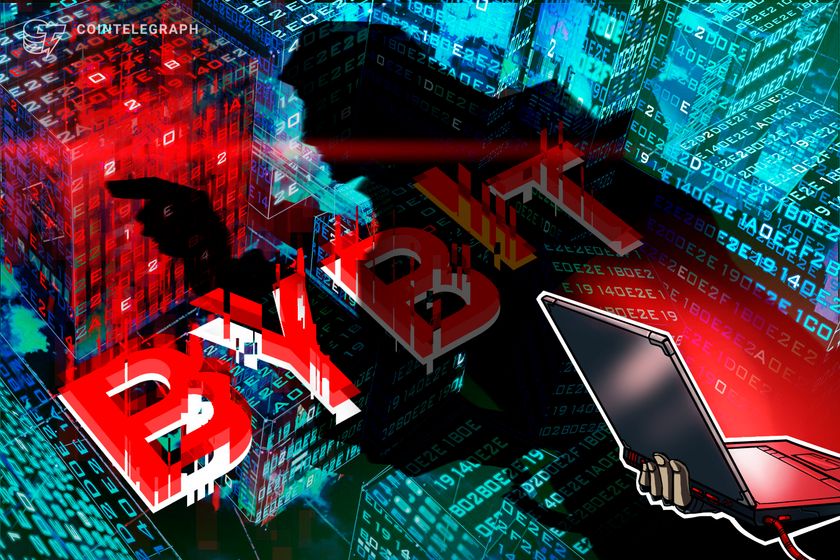
There are a few ways for regulators to limit the usage of noncustodial wallets, but there is no way to ban it completely, SatoshiLabs CFO said.
As regulators grow increasingly concerned about investors moving their cryptocurrency out of centralized exchanges, one industry exec has assessed the probability of a potential ban of noncustodial wallets.
Stepan Uherik, the chief financial officer of SatoshiLabs, the firm behind the Trezor hardware wallet, is confident that it’s highly unlikely that governments around the world would manage to ban the use of noncustodial wallets one day.
“It’s very improbable that all the countries would ban noncustodial wallets, or any other aspect of Bitcoin’s peer-to-peer network for that matter,” the CFO told Cointelegraph.
Uherik said that potential efforts to ban noncustodial wallets would likely be similar to certain countries banning things like cryptography or torrents in the past. “The adoption of these technologies continued unabated. In some sense, governments' attempts at banning certain technology are good marketing for said technology,” he noted.
Also known as self-custodial wallets, noncustodial cryptocurrency wallets are designed to grant the user full control of the owned crypto. In contrast to custodial wallets, noncustodial ones remove the need to rely on a third party which could recover, freeze or seize the user’s crypto assets. This makes the user solely responsible for storing the private keys.
As noncustodial wallets essentially enable users to “be their own bank,” many financial regulators and banking institutions became worried about potential risks behind such tools.
Earlier this week, a major bank association in Russia proposed to criminalize certain use cases of noncustodial wallets due to reasons like the complexity of seizing crypto assets from such wallets. Previously, a European Parliament’s committee approved a regulatory update that could potentially interfere with exchanges’ ability to deal with noncustodial crypto wallets.
There are apparently a few ways for governments to limit the usage of noncustodial wallets but there is no possibility to ban it completely, according to the SatoshiLabs CFO.
Governments could try to ban certain noncustodial wallets through mobile app stores as there are only two dominant mainstream mobile app providers, Google and Apple, Uherik suggested, adding:
“Such a ban would be easy to enact, but it would cover only a portion of noncustodial wallets and would likely motivate users to look beyond the popular app stores. Hardware and desktop wallets would be unaffected.”
Any efforts to ban noncustodial wallets would also lead to strong backlash from consumer protection non-governmental organizations because such censorship “has no place in civilized countries,” he said.
Related: Crypto industry fires back after EU vote to block ‘unhosted’ wallets
Uherik also stated that open-sourced hardware wallets are resistant to any ban, while hardware wallet makers are in a better situation than most other Bitcoin firms regulatory-wise, because they don’t offer custodial solutions or financial services. He concluded:
“Governments can slow the adoption of Bitcoin, but Bitcoin will prevail in the end. Bitcoin is an idea whose time has come, and nobody can fight that.”


